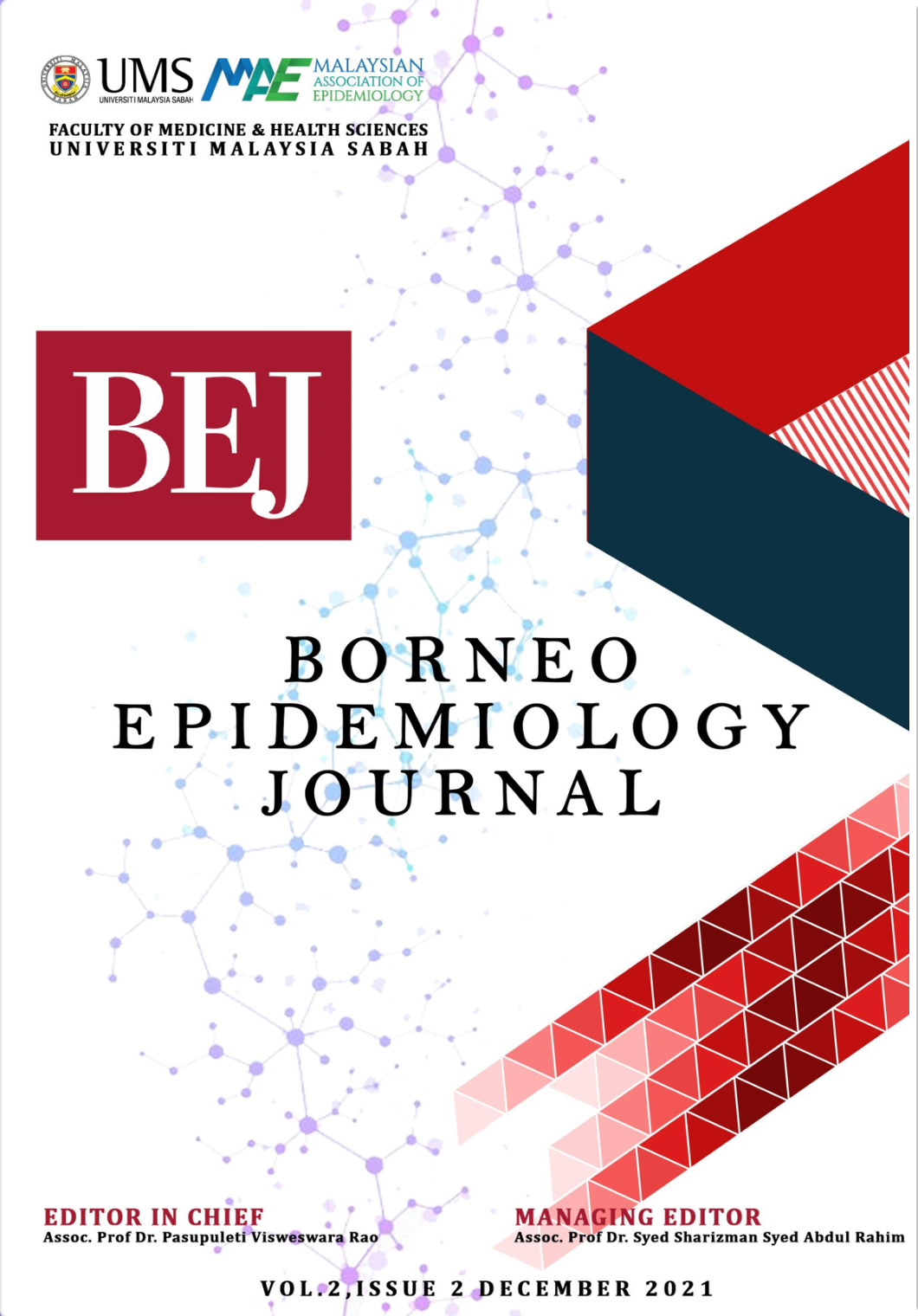Post-COVID-19 among Iraqi Population: Symptoms and Duration
Post-COVID-19 Symptoms and Duration
DOI:
https://doi.org/10.51200/bej.v2i2.3631Keywords:
Post-COVID, Iraq, Symptoms, Long COVIDAbstract
Background: Earlier studies focused on description of clinical presentations of patients in the acute phase of Coronavirus disease 2019 (COVID-19). Recently, records have emerged that some patients continue to suffer from symptoms related to COVID-19 after the acute phase of infection. Yet, there is no clear definition for this condition, and different terminology has encompassed such as “post-acute COVID-19 syndrome”, “post-COVID syndrome” and “long COVID”. This study aimed to identify the prevalence of Post-COVID-19 symptoms among the adult population in Baghdad city.
Methods: A cross-sectional study was conducted among 341 Iraqi adults during the period from January to February 2021. All participants are confirmed and recovered cases of COVID-19. An online self-administered questionnaire was used for data collection. The questionnaire includes information about socio-demographic characteristics, presence of co-existing conditions, details about COVID-19 infection, in addition to frequency, type, and duration of symptoms.
Results: The results showed that the mean age of the participants was 30.41 years old and females represented about 65.1% of them. They suffer more frequently from symptoms of depression (6.7%), anxiety (6.2%), and peripheral neuropathy (6.2%) after 12 weeks after the acute phase. Feeling of fatigability was the most frequent symptom mentioned by (12.3%) of the patients that persist for more than 3-4 weeks beyond recovery followed by cognitive impairment in (11.7%) and loss of taste and/or smell in about (11.4%) of them.
Conclusion: The majority of the patients suffered from persistent symptoms of COVID-19 following recovery, some of these symptoms continue for more than 3-4 weeks whereas others persist for longer than 12 weeks.









